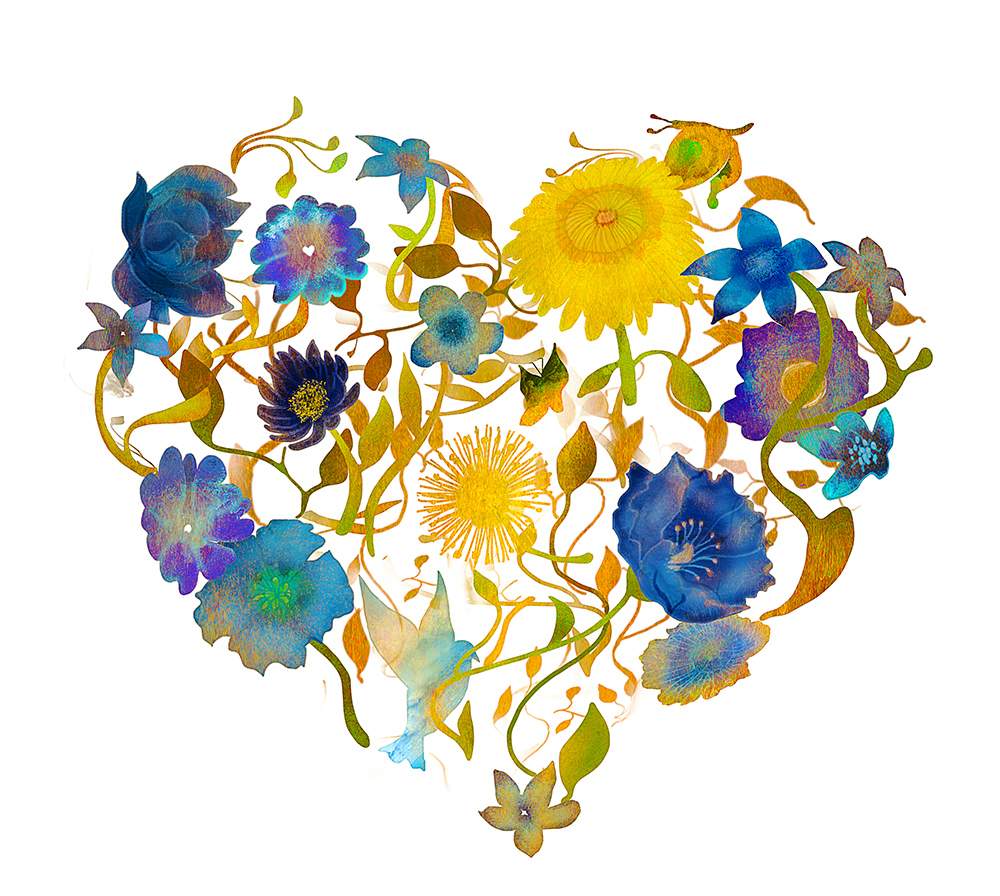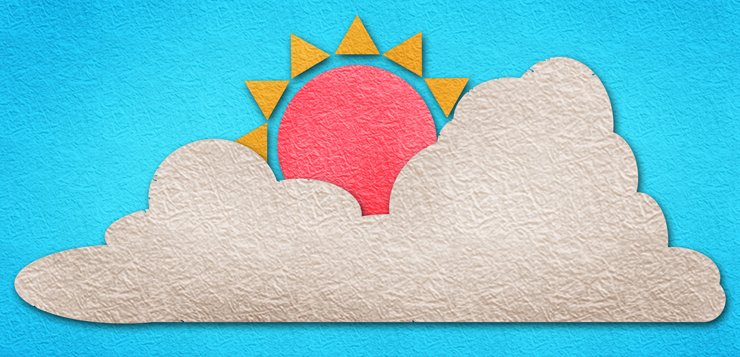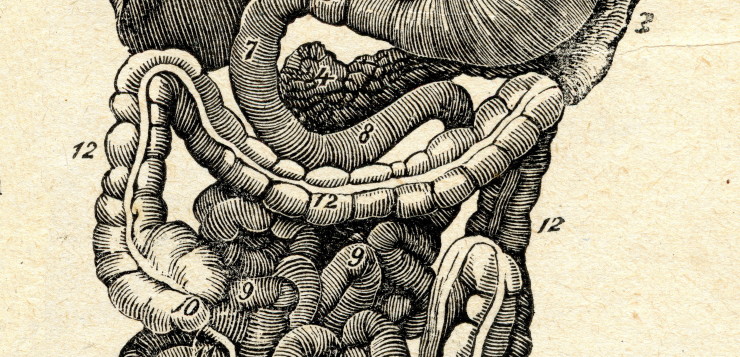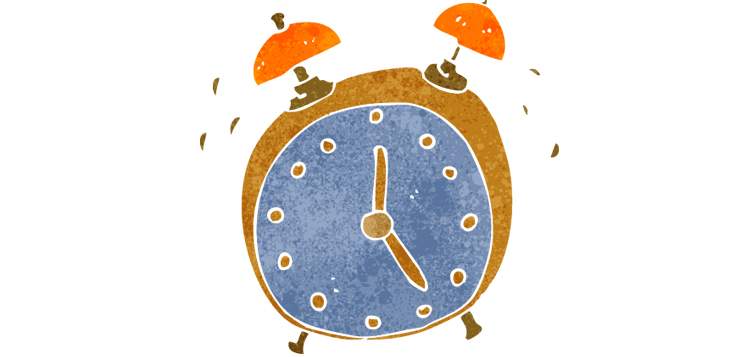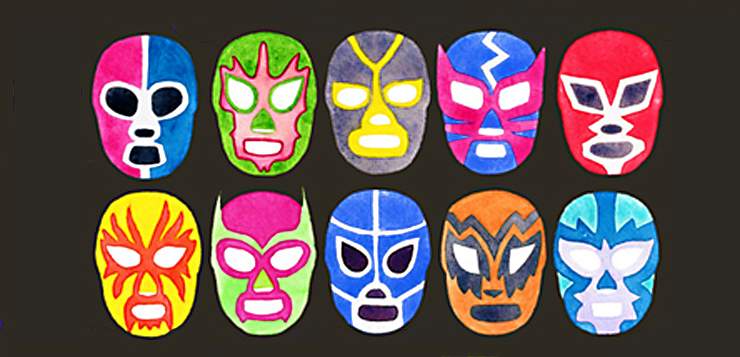I am Nate Klemp.
At age twenty-seven, I had my life turned upside down.
In the final year of my PhD program at Princeton, one warm September afternoon, my wife and I were riding our bikes side by side, lost in conversation. We didn’t notice as we veered toward each other—until our handlebars locked together at full speed.
CRACK. I heard the spokes in my front wheel shatter as my handlebars twisted uncontrollably. I launched forward head first onto the gravel path.
Five seconds later I lay on the ground, staring up at the blue sky, my head, neck, and jaw throbbing, my wife leaning over me.
One month later I began to feel the full effects of the injuries to my head, neck, and jaw. The Princeton campus began to feel like a ship traversing rough seas. My world started spinning. My ears rang. Something wasn’t right.
Four months later my mental and physical condition had gone from bad to worse. Before the accident, I was a happily married, fit, razor-sharp graduate student at Princeton. Now the physical and mental aftershocks of my accident left me struggling to perform even the most mundane tasks. Picking up groceries felt exhausting. Two hours of writing my dissertation felt like twelve. A three-hour flight felt like a trip around the world. My entire life felt like I was running a marathon at mile 25. But there was no finish line in sight.
Now my challenges were practical and deeply personal. How can I part these clouds of anxiety and fatigue? How can I save my marriage? How can I salvage my career? How can I train my body and mind to live a better life?
Until then the biggest challenges I had faced were theoretical. As a grad student in political philosophy, I spent long days at the library, working to understand political rhetoric, inequality, and other abstract questions. Now my challenges were practical and deeply personal. How can I part these clouds of anxiety and fatigue? How can I save my marriage? How can I salvage my career? How can I train my body and mind to live a better life?
Answering these questions became my passion in life.
…
I am Eric Langshur.
For most of my adult life, I started each day with the same harrowing morning ritual: Wake up. Eyes open. Brain on. Then immediately, the assault of thoughts would begin:
What have I got to get done today? What balls am I in danger of dropping? What is Elizabeth thinking about what I said to her yesterday? I need to remember to call my dad. I should hurry or I’m going to be late for work.
On and on …and on.
The experience was so normal to me that I wasn’t even aware it was happening. Somewhere around my fortieth birthday, though, I did start to notice this unrelenting stream of thoughts, and I realized, is voice in my head is exhausting me.
As a corporate executive and serial entrepreneur, I knew how to build businesses and manage large organizations. But, I began to realize, I didn’t know how to manage my own mind.
Clearly, this wasn’t the kind of joy filled life I once thought I would be living when I achieved “success,” and this realization of my incessant inner dialogue wasn’t anything like the kind of “waking up” epiphany that the mystics describe. Instead, becoming acutely aware of my thoughts, worries, and anxieties only intensified the ever-present undercurrent of stress in my life. As a corporate executive and serial entrepreneur, I knew how to build businesses and manage large organizations. But, I began to realize, I didn’t know how to manage my own mind.
This jarring insight set me on a decade-long search to understand how to be happier. I sought wisdom by reading the great spiritual texts: the Old and New Testaments, the Quran, the Bhagavad Gita, and the texts of Taoism and Buddhism. These in turn sparked an interest in philosophy, turning me toward the Greeks (Plato, Aristotle, Epictetus), the Romans (Marcus Aurelius, Seneca), the modern Europeans (Nietzsche, Goethe, Kierkegaard), and the American Transcendentalists (Thoreau, Emerson).
I became a philosophy junkie in my search for meaning. My wife, Sharon, regularly laughed at my enthusiastic exploration of this literature. My head reeled with the plethora of wisdom and advice on wellbeing, and I experimented, bouncing from idea to idea during an amazing period of transformation.
…
The Art of Balance and Wellbeing
We’re not telling our stories because we think they’re exceptional. We’re telling them because we think they are utterly normal. Just about everyone these days is faced with intense demands on their time and their metal resilience as we all attempt to balance work, family, friends, and our health.
And that’s what led us to mindfulness practice.
But, with so little time for formal meditation practice, we believe the key to making lasting changes in our lives lies in infusing the ordinary moments of our lives with the practice of mindfulness. We may only have 15 minutes to meditate, but we have 16 or more hours each day that we can use for integrating the practice of mindfulness into the moment-to-moment flow of life.
This practice of integration is based on the idea that each moment offers the opportunity to notice our current state, shift our attention and then rewire key neural pathways. In the words of the 19th century philosopher William James, “My experience is what I agree to attend to.” We can, in other words, choose to make even the most mundane moments into opportunities for being more present and engaged in our lives.
Each moment offers the opportunity to notice our current state, shift our attention and then rewire key neural pathways.
But how practically can you transform everyday life into mindfulness practice? We’ve developed a simple strategy that has helped everyone from full time parents to 80-plus-hour-a-week consultants and lawyers become more present to each moment and, as a result, experience greater focus, productivity, and life satisfaction.
We call it Notice-Shift-Rewire.
Here’s how it works:
How to “Notice-Shift-Rewire”
Notice: The first step is to Notice – become aware of where your attention is directed. In most cases, you will likely find that your attention is scattered – involved in the ordinary mental habit that psychologists call “mind wandering.”
Shift: The second step is to Shift – to redirect your attention to the present moment. You can do this by bringing your attention to any object of focus, the breath, sounds around you, sensations in your body or even something to feel grateful for.
Rewire: The final step is to Rewire – to take just 15 to 30 seconds to really savor this experience and to reinforce the shift you just made at the level of neurobiology.
The great thing about Notice-Shift-Rewire (NSR) is that you can do it anytime, anywhere. You can do it in the check-out line, at the gas pump, or in the TSA security line. And unlike the formal practice of meditation, this practice of integration doesn’t take any time out of your day. It’s a practice you can do 10, 20, or even 50 times a day without having to stop doing all the things you need to do to meet your commitments.
One Essential Tip For Integrating Daily Mindfulness
We’ve helped thousands of people incorporate this practice, and we discovered an essential tip based on the science of habit change: identify and use a few everyday life cues as an aid to help you initiate this habit.
Just saying to yourself, “I’m going to Notice-Shift-Rewire all day,” will likely result in quickly slipping back into old mental habits.
A more effective approach, backed by the science of habit change, is to identify a few cues as habit-forming triggers. Here are few that we recommend:
- Stairs – Each time you walk up a flight of stairs, build the habit of Notice-Shift-Rewire to shift to the breath as an object of focus as you take in the present moment.
- Showering – Each time you step into your shower, Notice-Shift-Rewire to the amazing sounds and sensations happening in this moment
- Waiting – Here’s a more advanced cue. Each time you find yourself waiting – at the store, in traffic, for a meeting to start or for a friend – Notice-Shift-Rewire to your breath and enjoy the felt sense of aliveness.
We hope you enjoy this master Notice-Shift-Rewire practice as you begin experiencing the powerful benefits of integrating life and practice and practice and life.
The post How to Notice, Shift, and Rewire Your Brain appeared first on Mindful.
from RSSMix.com Mix ID 8196908 http://www.mindful.org/notice-shift-rewire-brain/


